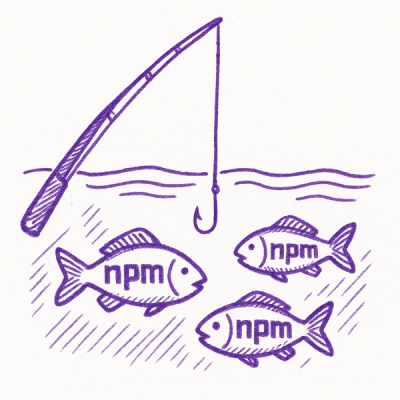==================================================================
django-js-asset -- JS, CSS and JSON support for django.forms.Media
.. image:: https://github.com/matthiask/django-js-asset/workflows/Tests/badge.svg
:target: https://github.com/matthiask/django-js-asset
Note! Django 5.2 adds its own support for JavaScript objects <https://docs.djangoproject.com/en/dev/topics/forms/media/#script-objects>__.
This library has a slightly different API and also supports much older versions
of Django, and it also supports CSS and JSON tags.
Usage
Use this to insert a script tag via forms.Media containing additional
attributes (such as id and data-* for CSP-compatible data
injection.):
.. code-block:: python
from js_asset import JS
forms.Media(js=[
JS("asset.js", {
"id": "asset-script",
"data-answer": "42",
}),
])
The rendered media tag (via {{ media.js }} or {{ media }} will
now contain a script tag as follows, without line breaks:
.. code-block:: html
<script type="text/javascript" src="/static/asset.js"
data-answer="42" id="asset-script"></script>
The attributes are automatically escaped. The data attributes may now be
accessed inside asset.js:
.. code-block:: javascript
var answer = document.querySelector("#asset-script").dataset.answer;
Also, because the implementation of static differs between supported
Django versions (older do not take the presence of
django.contrib.staticfiles in INSTALLED_APPS into account), a
js_asset.static function is provided which does the right thing
automatically.
CSS and JSON support
Since 3.0 django-js-asset also ships a CSS and JSON media object which
can be used to ship stylesheets, inline styles and JSON blobs to the frontend.
It's recommended to pass those through forms.Media(js=[]) as well since
js is a simple list while css uses a dictionary keyed with the media to
use for the stylesheet.
So, you can add everything at once:
.. code-block:: python
from js_asset import CSS, JS, JSON
forms.Media(js=[
JSON({"configuration": 42}, id="widget-configuration"),
CSS("widget/style.css"),
CSS("p{color:red;}", inline=True),
JS("widget/script.js", {"type": "module"}),
])
This produces:
.. code-block:: html
<script id="widget-configuration" type="application/json">{"configuration": 42}</script>
<link href="/static/widget/style.css" media="all" rel="stylesheet">
<style media="all">p{color:red;}</style>
<script src="/static/widget/script.js" type="module"></script>
Compatibility
At the time of writing this app is compatible with Django 4.2 and better
(up to and including the Django main branch), but have a look at the
tox configuration <https://github.com/matthiask/django-js-asset/blob/main/tox.ini>_ for
definitive answers.
Extremely experimental importmap support
django-js-asset ships an extremely experimental implementation adding support
for using importmaps <https://developer.mozilla.org/en-US/docs/Web/HTML/Element/script/type/importmap>_.
One of the reasons why importmaps are useful when used with Django is that this
easily allows us to use the file name mangling offered for example by Django
ManifestStaticFilesStorage without having to rewrite import statements in
scripts themselves.
Browser support for multiple importmaps is not generally available; at the time
of writing (February 2025) it's not even clear if Mozilla wants to support them
ever, so merging importmaps is -- for now -- the only viable way to use them in
production. Because of this the implementation uses a global importmap variable
where new entries can be added to and a context processor to make the importmap
available to templates.
The importmap object can be imported from js_asset. Usage is as follows:
.. code-block:: python
# static is an alias for Django's static() function used in the
# {% static %} template tag.
from js_asset import JS, static, importmap
# Run this during project initialization, e.g. in App.ready or whereever.
importmap.update({
"imports": {
"my-library": static("my-library.js"),
},
})
You have to add js_asset.context_processors.importmap to the list of
context processors in your settings (or choose some other way of making the
importmap object available in templates) and add {{ importmap }}
somewhere in your base template, preferrably at the top before including any
scripts.
When you've done that you can start profiting from the importmap by adding
JavaScript modules:
.. code-block:: python
# Example for adding a code.js JavaScript *module*
forms.Media(js=[
JS("code.js", {"type": "module"}),
])
The code in code.js can now use a JavaScript import to import assets from
the library, even though the library's filename may contain hashes not known at
programming time:
.. code-block:: javascript
import { Stuff } from "my-library"



